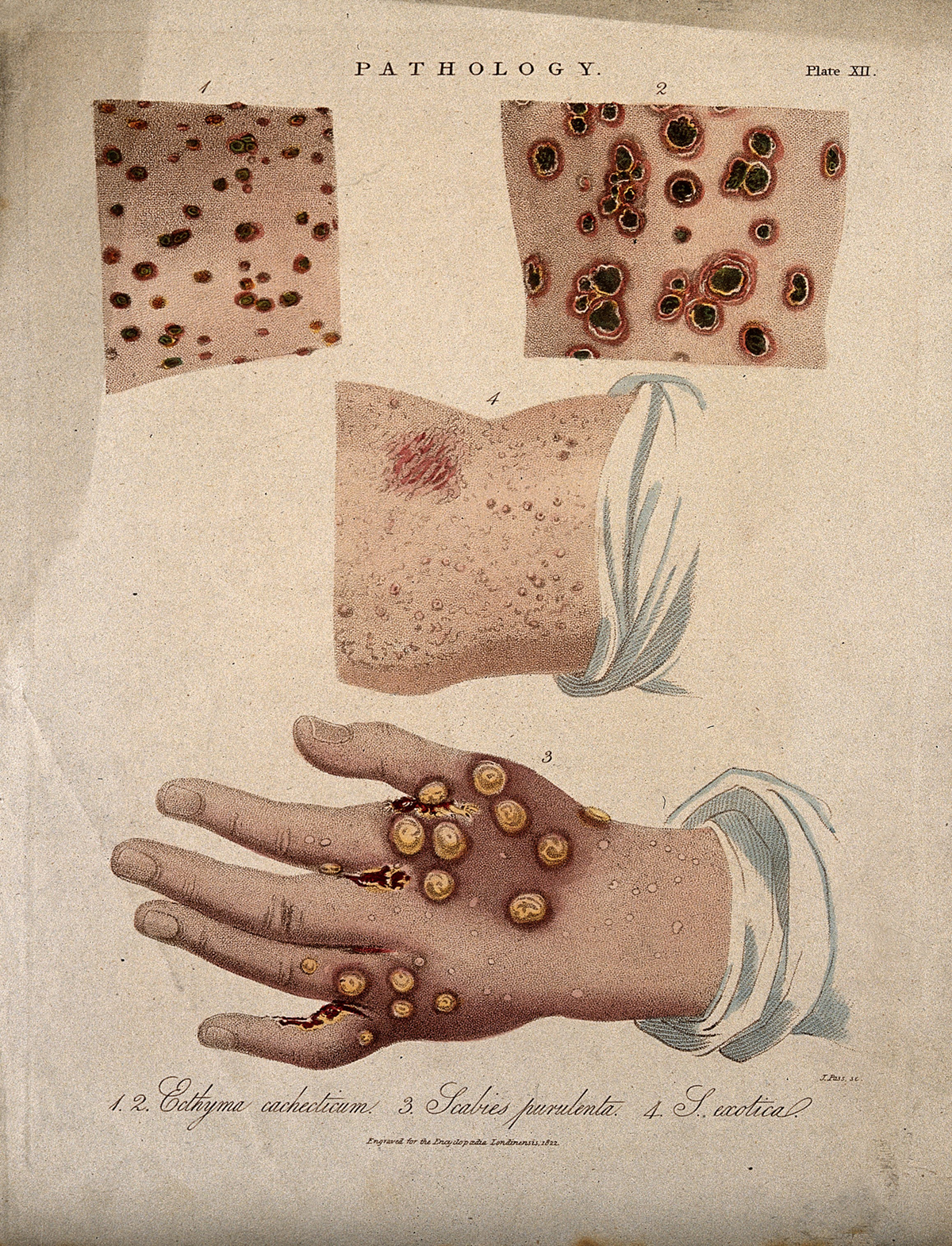
White patches on skin can sometimes occur in otherwise healthy people. These patches may come and go from time to time, and the patients are usually completely unaware what causes their dermatological problem. In most cases, white patches are a symptom of a benign condition that does not even need a treatment. For example, increased sun exposure, especially at the end of the summer, may bring out the white patches on skin.
However, in a small number of cases, white patches on skin are an alarm that a patient should see a dermatologist. The doctor will carefully examine the appearance of the skin and investigate for other related symptoms of the suspected skin condition. The following medical conditions are some of the possible causes of white patches on skin.
Vitiligo
Vitiligo is a chronic disease that causes depigmentation of patches of the skin. Depigmentation is a lightening of the skin caused by the loss of pigment. This is a rare disease as less than one percent of world population suffers from it. Vitiligo occurs when the cells responsible for skin pigmentation die or become unable to function properly. The exact cause of vitiligo is yet unknown, but scientists believe it occurs as a result of an autoimmune disease, with a strong genetic component. Other possible causes are oxidative stress, neural or viral causes.
Halo Nevus
This condition is also known as leukoderma acquisitum centrifugum, or perinevoid vitiligo. Halo nevus is described as a mole that is surrounded by a depigmented ring or halo. This happens for yet unknown reasons when the white blood cells target a mole.
Morphea
Morphea is a localized scleroderma characterized by isolated patches of hardened skin. This condition occurs as a result of excessive collagen deposition and manifests as a thickening and hardening of the skin and subcutaneous tissues. No internal organs are affected by morphea. The condition can be very mild or extremely severe up to the point of cosmetic deformities.
Hypopigmentation
This is a condition characterized by the loss of skin color. It is usually caused by melanocyte or melanin reduction, or a decrease in the amino acid tyrosine.
Tinea Versicolor
This condition is also known as dermatomycosis furfuracea or pityriasis vresicolor. It is characterized by the rash on the trunk and proximal extremities. Tinea versicolor is usually caused by Malassezia globosa or Malessezia furfur. Tinea versicolor commonly affects adolescents and young adults, especially in warm and humid climates and also people who have seborrheic dermatitis, dandruff and hyperhidrosis.



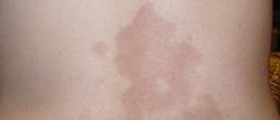

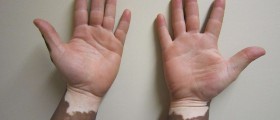

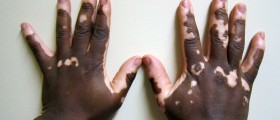
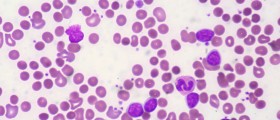



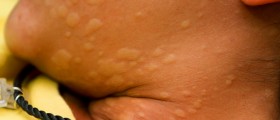

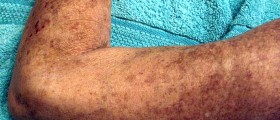


Your thoughts on this
Loading...